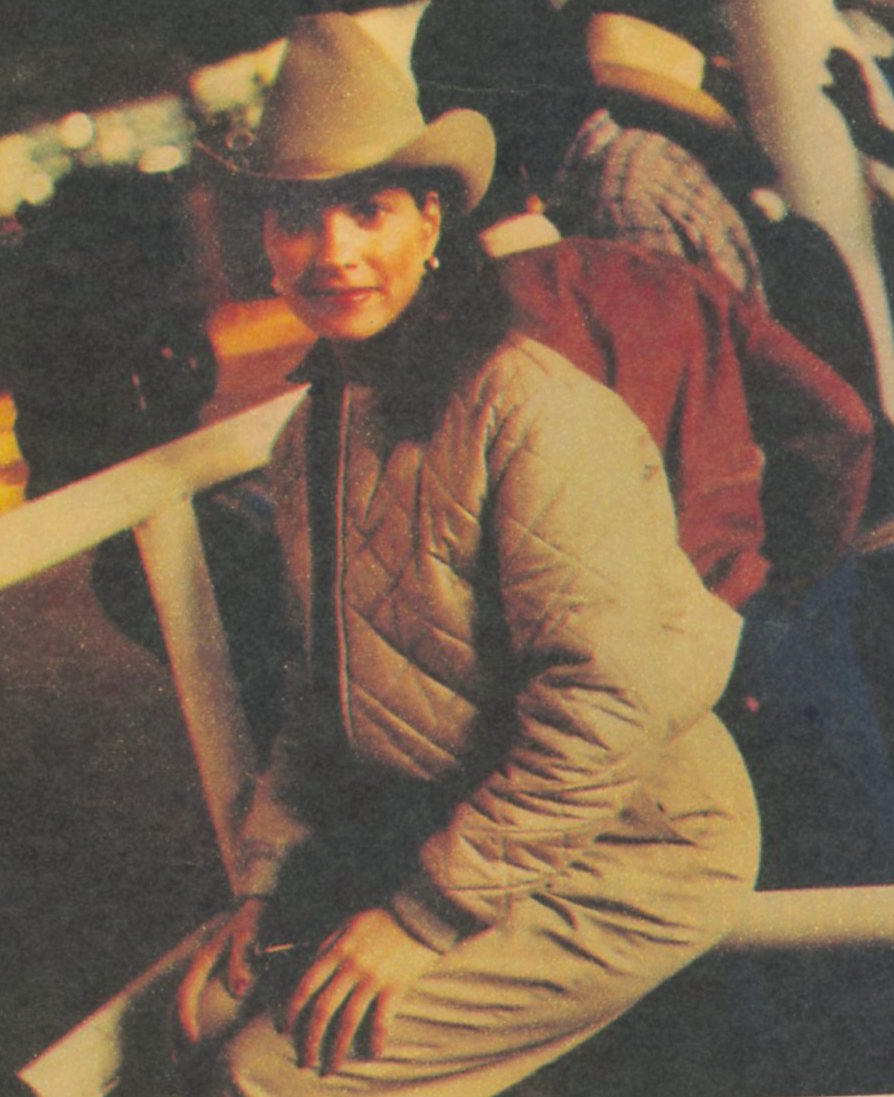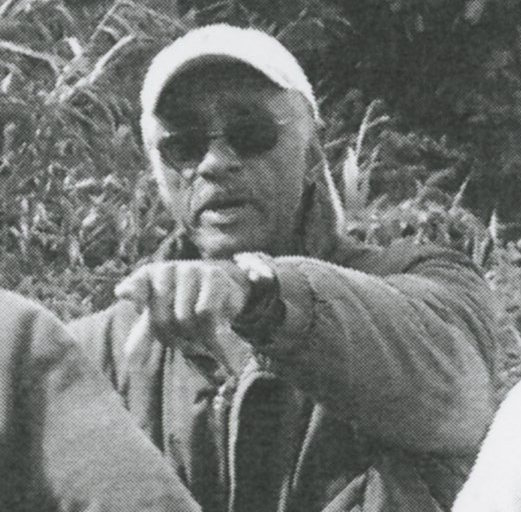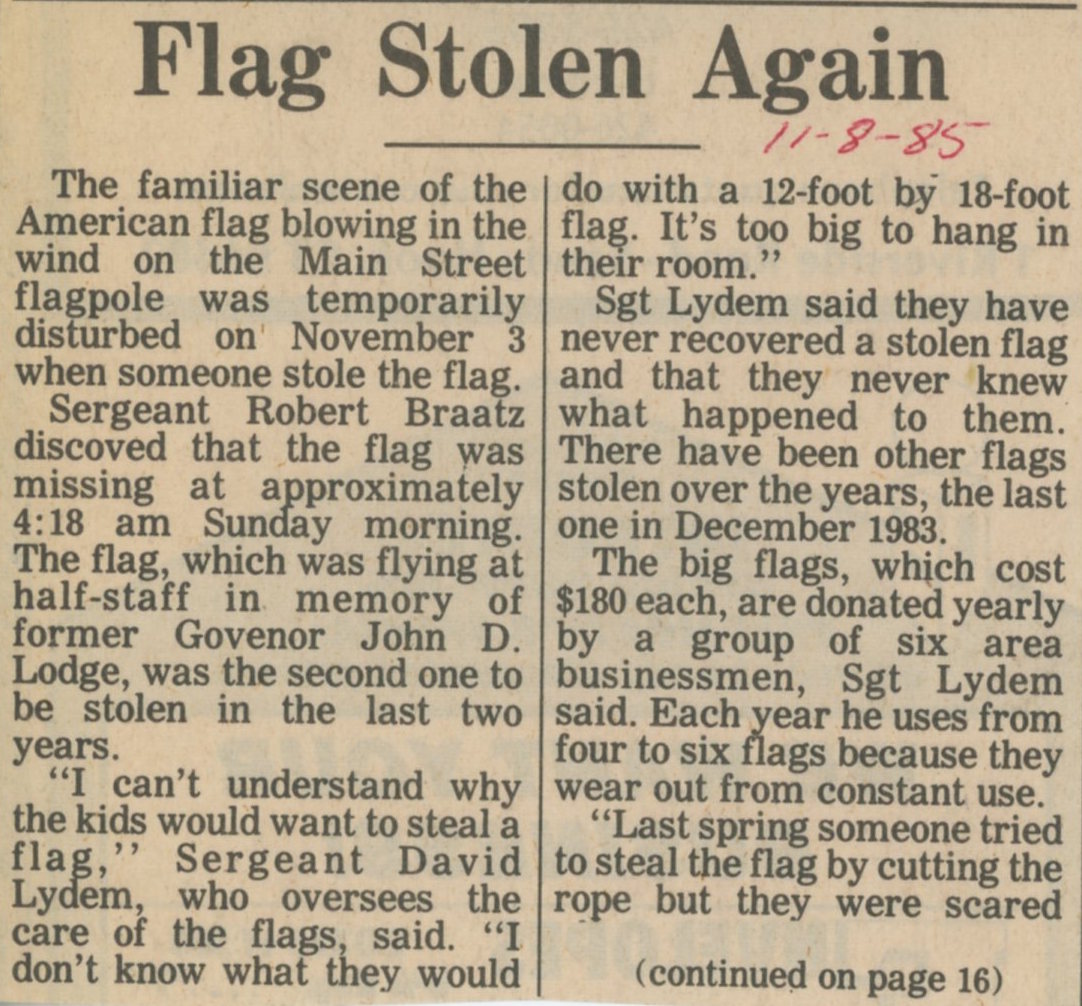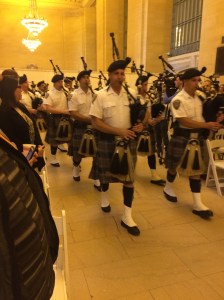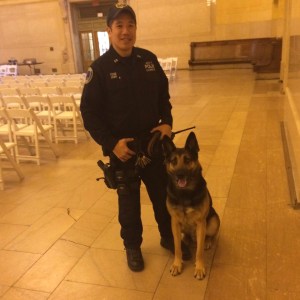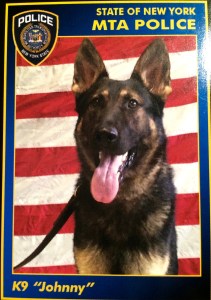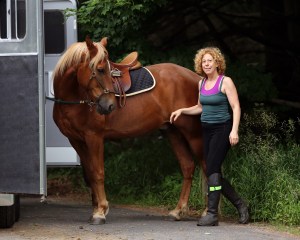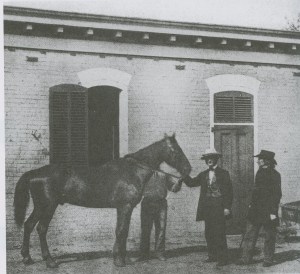Regina Brown was last seen alive 29 years ago today — March 26, 1987.

Regina Brown, right, with her mother Ernestine Fontenot during happier times
Two weeks prior to her disappearance, Regina Brown, an American Airlines flight attendant, was reading about the disappearance of Helle Crafts, another Newtown flight attendant whose pilot husband had recently been arrested for her murder. In Danbury Superior Court, a three-day probable cause hearing from March 10th to the 12th, was held to determine if the state had enough evidence to proceed with the prosecution of Richard Crafts for the murder of Helle.
As a reporter for The Newtown Bee I wrote on March 13, 1987:
“Helle Crafts told her attorney that if anything was to happen to her during her divorce proceedings from her husband Richard, not to assume that it was an accident, Attorney Dianne Anderson testified in the probable cause hearing, in which Mr Crafts is charged with the murder of his wife.”
Many of those close to Regina said she followed the Crafts case closely, even keeping newspaper clippings about the case in her kitchen drawer. She began to tell friends, most notably Hope Lambert, what Helle Crafts told her divorce attorney, if anything should happen to her not to assume it was an accident. Regina’s words to Hope: “If you don’t here from me after I send the children to Texas, than Willis will have done to me what he promised to do.”
In September 1986, the court had issued a restraining order against Willis Brown, to stay away from Regina, the house and the children, based on a documented history of domestic violence against Regina. Willis Brown also was reluctant to admit that the children were his, and by March 1987, the three children had been submitted for a total of six paternity tests, all requested by Willis Brown.
Regina had on March 21, placed her two older children, Nicholas and Reina, on a plane to Texas to stay with her parents, Emile and Ernestine Fontenot in Liberty, Texas.
According to Lambert, Regina called her on March 22 to say her husband threatened to kill her and the three children, who at the time were 4, 3 and less than 2 years old. On March 25, Regina called Lambert again and said that she was sending her last child, Ashley, and the baby sitter, Sharon Ryan, to her parents in Texas. She told Lambert that she should call Texas the next day to see if she had arrived and if Lambert did not here from Regina by March 27, to wait a few days until March 30th and if she still did not hear from Regina to call police.
Regina never did appear in Texas and she never contacted Hope Lambert either. But Lambert never called police in the wake of Regina’s disappearance either. It was her neighbor Linda Van Horn who notified Newtown Police on April 2, that Regina Brown had not been seen since March 26, 1987.
March 26, 1987
What exactly happened that day? At approximately 4 p.m. the Brown’s babysitter Sharon Ryan drove Regina and Ashley in Regina’s gold Honda Civic from their Newtown home to New York. First they stopped in Danbury before heading to La Guardia Airport. They drove down Route 6 from Newtown into Danbury and stopped at the Path Mark supermarket to buy a half gallon of Sealtest milk, a half gallon of Tropicana orange juice, and a plastic container of chili, which Regina ate partially en route to the airport. She cashed a $20 check at the supermarket.
The next stop was McDonalds, where Regina purchased a Happy Meal for Ashley. The same McDonalds where the Crafts nanny, Dawn Marie Thomas, worked the night of ‘Storm Carl’ on November 18, 1986, the last night that Helle Crafts was seen alive. This was the last meal Regina would provided for her youngest daughter.
After McDonalds, they stopped and used $8 of the $20 to fill the car up with gas at the Mobile gas station at Exit 8 off I-84. Then Ryan drove the car to La Guardia, where Regina was based as a flight attendant with American Airlines. Ryan noted that when driving Regina’s Honda she used Regina’s key ring which had 6 to 7 keys on it. Ryan later told police that prior to leaving for the airport, she overheard Regina on a telephone call at home telling someone to let themselves in to feed the dog.
Regina had gotten a mixed breed puppy named Sport, part Brittany Spaniel, just a few months earlier. By the time of her disappearance the puppy was approximately 9 months old. The puppy was in need of some shots and vaccinations, but Regina couldn’t afford them, as she told her divorce attorney. She said she struggled to pay for expenses for her children, since Willis, her estranged husband, was late paying her the court-ordered child support she needed. Willis Brown was a pilot with American Airlines and also owned and operated The Moped Man, a moped rental business on Block Island, Rhode Island. Regina opted to pay for the needs of the children before the puppy.
Barking Dog
When they arrived at La Guardia that night, Ryan and Ashely went into the American Airlines terminal while Regina parked the car in the employee parking lot. Later she joined them in the terminal, after picking up her most recent pay check. Then she left them again to make a few phone calls from a pay phone at the airport.
At 7:08 p.m. Regina calls Liberty, Texas, charges the call to her home phone, and speaks with her mother. It is the last time she speaks with her mother. Shortly thereafter, Regina Brown put her youngest child, Ashley, then 19-months-old, on a plane to Texas. She kissed her goodbye. It was the last time anyone saw her alive.
Based on evidence collected by local police, it appears Regina Brown did return to her home that night. She had told friends and family that she planned to fix up the home, get things in order, and then join her children and parents in Texas in the coming days.
On March 27, 1987, at approximately 2:30 a.m. – Regina’s next door neighbor called the Brown residence to ask why the family’s dog was barking constantly and keeping the neighbors awake. There is no answer to the phone call at the Brown residence and the neighbors call the police.
At 2:41 a.m. the neighbors call the Newtown Police Department. According to the log book, filled in by the dispatcher, dated March 27, 1987 2:41 am, the neighbor “complains that Mr. Brown is not home and dog is barking.” It was noted that no cop was sent by the dispatcher on duty.
I interviewed those neighbors in 2006, who had since moved to another home in Newtown. They said, they actually went over to the house that night after the cops wouldn’t send any one. The husband said he saw the dog in the breezeway of the Brown home, tied up and barking. The breezeway was a hallway between the main residence and the detached garage at 18 Whipporwill Hill Road.
As I continued to research a Connecticut Magazine cover story I was writing, published in June 2007, a retired Newtown Police detective told me, “We should have sent someone to the house on the barking dog complaint, it might have made a huge difference.”
As it turned out, the event provided police with a first clue, a staring off point for the investigation into the disappearance of Regina Brown.






